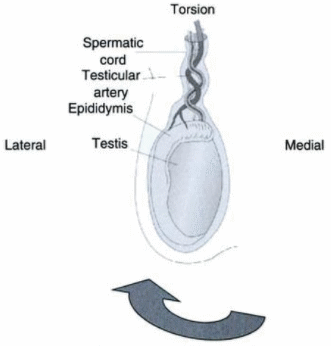Indications of Manual Detorsion It can serve as a temporizing measure to attempt to reperfuse the testis while the patient is awaiting definite surgical management. Contraindications of Manual Detorsion Manual detorsion is not recommended for torsion of duration >6-8 hours (prolonged ischemia leads to marked swelling and edema after which…
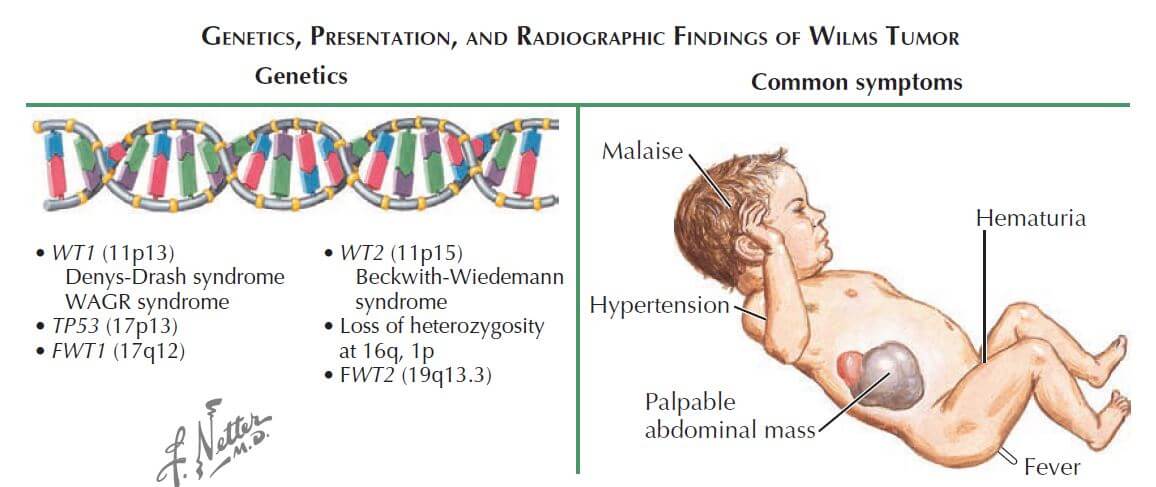
Wilm’s Tumor (Nephroblastoma) : Quick review
Wilm’s tumor is the most common primary renal tumor of childhood. Origin: Embryonic nephrogenic (mesodermal) cells Mechanism: Deletion of WT-1 gene on chromosome 11 Pathology: a. Macroscopic (Gross): large, solitary tan to grey color mass; pale on cut section with areas of hemorrhage; 10% are bilateral or multicentric; grossly difficult…
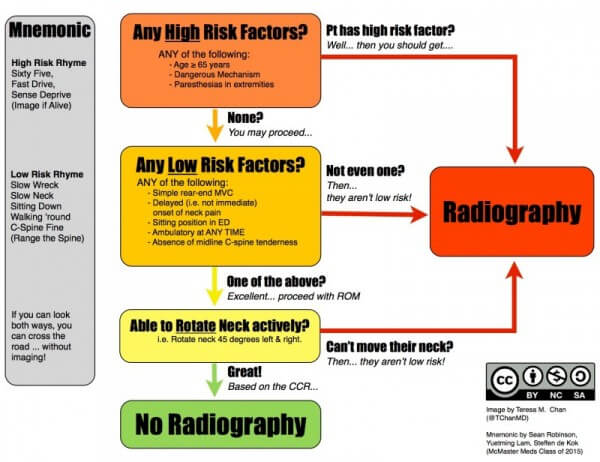
C-spine Clearance
C-spine clearance refers to a clinical decision suggesting the absence of acute bone related, ligamentous and neurologic abnormalities of the cervical spine based on history, physical exam and/or negative radiologic studies. NEXUS criteria for C-spine Clearance NEXUS (National Emergency X-Radiography Utilization Study) is a set of validated criteria used to decide…
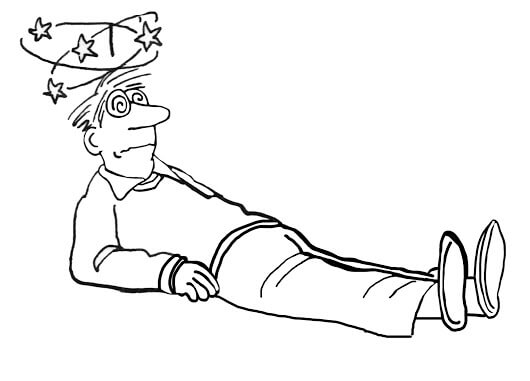
Dizziness : History and Examination
HISTORY Mnemonic: 4D-3E-2Fg-2H 1. Define “Dizziness”: Room is spinning/rocking/somersaulting – Vertigo Feel like “going to faint” – Near-syncope “Going to fall” or “Unsteady on feet” – Disequilibrium Feel like they’ve or are “left their body” or “floating/swimming” – Psychophysiologic dizziness 2. Duration of each episode: Seconds: BPPV Minutes: TIA or…
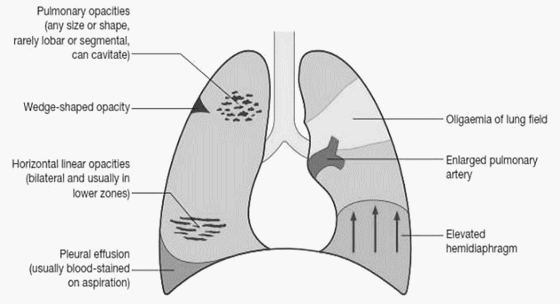
Pulmonary Embolism : Chest X-ray Signs
1. Classic presentation is normal X-ray in patient with dyspnea and hypoxia 2. Atelectasis or parenchymal abnormality (68%) 3. Elevated hemidiaphragm 4. Pleural effusion (Felson’s sign – pleural effusion on left > right) 5. Hampton’s hump: peripheral pleural based wedge-shaped density above the diaphragm due to pulmonary infarct 6. Westermark’s…
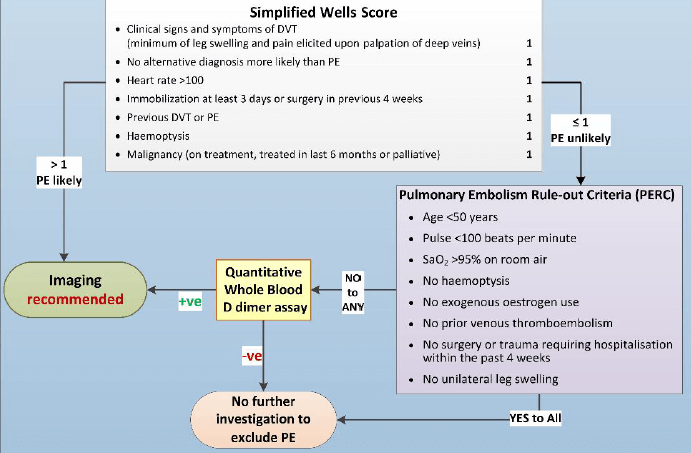
Well’s and PERC Criteria for Pulmonary Embolism : Mnemonic
Well’s Criteria (Modified and Simplified) Mnemonic: CHADS (Remember, this is not the CHADS2 score for Atrial Fibrillation) Clinical features of DVT Cancer Heart rate > 100/min Hemoptysis Alternative diagnosis less likely DVT/PE in past Surgery in past 4 weeks or Immobilization for 3 days Well’s criteria Original score Simplified score…
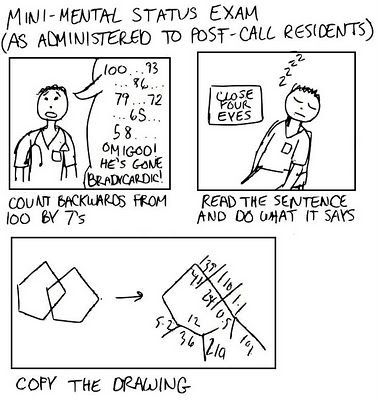
Folstein Mini-Mental State Examination (MMSE): Mnemonic
ORARL, 5-3-5-3-9 1. Orientation: Time (5 points – 1 for each correct): What is the: (year) (season) (date) (day) (month)? Place (5 points – 1 for each correct): Where are we: (state) (county) (town) (hospital) (floor)? 2. Registration: Name three objects, ask patient to repeat (3 points – 1 for each on first…
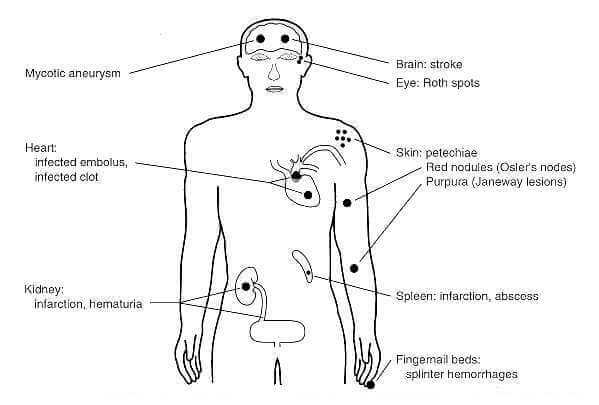
Modified Duke’s Criteria for Infective Endocarditis : Mnemonic
Bacterial Endocarditis FIVE PM, i.e. BE FIVE PM Blood culture positive for IE Endocardial involvement Fever Immunologic phenomena Vascular phenomena Echocardioraphy minor criteria (eliminated) Predisposition Microbiologic evidence Definite Diagnosis from Clinical Criteria: 2 (major) + 0 (minor) or 1 (major) + 3 (minor) or 0 (major) + 5 (minor) Look:…
